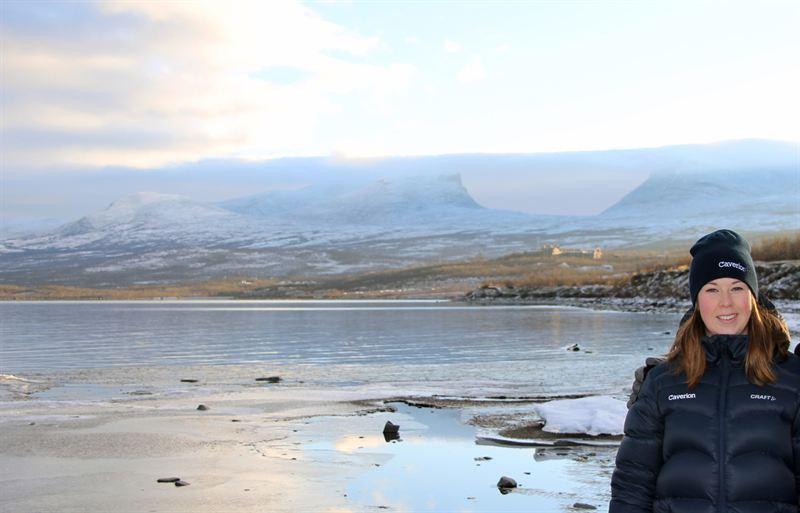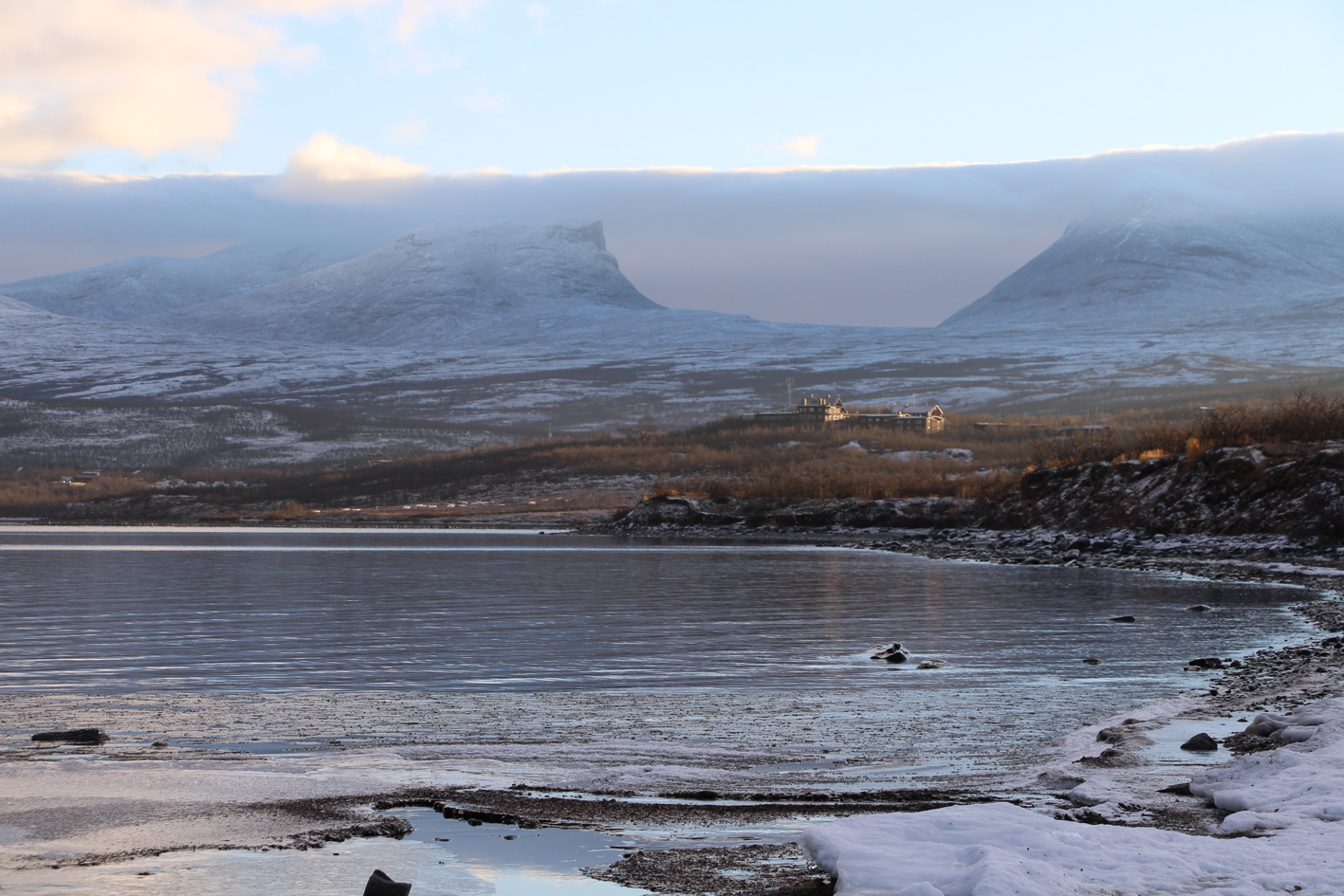
Saving energy in artic conditions at a scientific research station
About 200 kilometres north of the Arctic Circle, in the Abisko National Park, lies the Abisko Scientific Research Station. The station is a base for a range of research activities of arctic nature, including observation and monitoring and high-tech experimentation within terrestrial and freshwater environments. The surroundings are characterised by highly variable topography, geology and climate.
The station has a unique, modern and comprehensive infrastructure and international standard facilities. The problem is that the station’s energy costs have been too high. Caverion’s experts are currently working on the station to make it more energy-efficient. As a solution, a new geothermal heat pump is being installed and the ventilation unit replaced.
- This is a turnkey contract where we install geothermal heating and replace ventilation units and fire dampers. We are here for three months, and working in this environment is fantastic, says Nina Södergren, Project Manager of Caverion.
Nina, 25, began working at Caverion just over a year ago after graduating in engineering at Umeå University. The mission in Abisko is her first own project to lead, and everything is going according to plan.

Dreamspot for scientist
Meteorological monitoring and natural science research started in Abisko already in 1913. Nowadays, the research station has 11 apartments and rooms for visiting scholars, students and conference participants. The property also has laboratories, offices, workshops, lecture halls, greenhouses, experimental gardens, warehouses and a meteorological station.
- The challenge of the project is to get all the pieces together, so that they work as a whole. It will be fun to deploy and monitor progress. The project includes overall control of fire alarms, ventilation, heating and other installations, which makes it possible to read the energy consumption. Once everything is put into operation, it will be exciting to see how much they will save, concludes Nina.
Facts about Abisko
- About 200 people live in Abisko
- Abisko receives the lowest amount of precipitation in the whole of Sweden
- The Abisko Scientific Research Station (68º21’N, 18º49’E), which has been operated by Polar Research Secretariat since 2010, is owned by The National Property Board of Sweden
- Meteorological monitoring and natural science research started in Abisko in 1913
- The station holds a unique environmental record extending 100 years back in time, as well as a vast portfolio of research activities totalling some 3,000 scientific publications
- The impacts of climate change are more serious in the north, and the Abisko Scientific Research Station is playing a leading international role in these studies.



